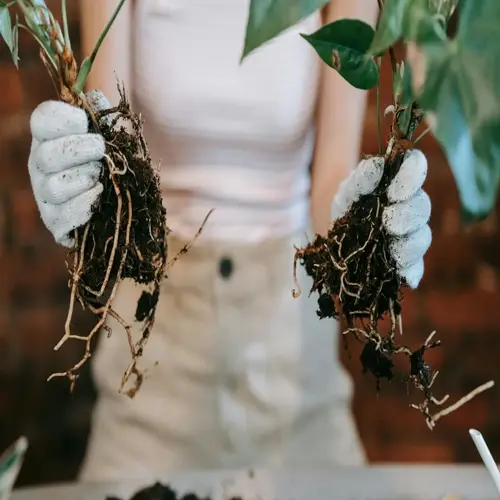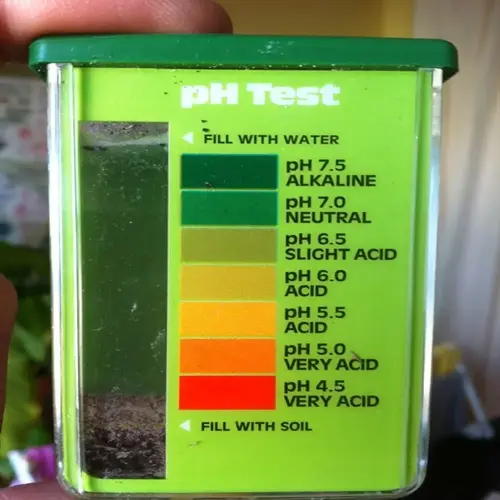Is dish soap safe for spider mite control on edible plants?

Written by
Liu Xiaohui
Reviewed by
Prof. Martin Thorne, Ph.D.Using dish soap can be very harmful to edible plants when treating them for spider mites. Most soaps contain degreasers that remove protective leaf waxes, causing leaf desiccation and sunburn. One application of soap scorched my basil plants with brown burn spots. For edible plants, use only insecticidal soaps specifically formulated for the plants you are treating, avoiding harsh irritants.
Food-Grade Treatments
- Apply diatomaceous earth as thin dust layer on dry leaves
- Use diluted neem oil at 2 tbsp per gallon at dusk
- Spot-treat with 70% alcohol swabs avoiding flowers
- Rinse edible parts thoroughly before consumption
Preventative Measures
- Introduce ladybugs for continuous mite predation
- Maintain humidity above 60% with pebble trays
- Inspect plants twice weekly with 10x magnification
- Quarantine new plants for 14 days minimum
When using neem oil on vegetables, use 2 tablespoons per gallon of water as a late evening spray or burn the leaves. Be sure to cover all surfaces of leaves, including the undersides. I harvested tomatoes 24 hours after spraying and washed them thoroughly. This product breaks down readily, unlike soap residues.
Apply diatomaceous earth for immediate physical action. Lightly dust food-grade powder on dry foliage to make microscopic cuts in the exoskeletons of the mites. Reapply after rain or watering. My pepper plants showed no damage while the mite population disappeared in three days. Wear a mask while applying it to prevent inhaling it.
Establishing biological controls provides continuous protection. Release ladybugs or lacewings to consume the mites without harming the plants. A permanent population can be maintained by growing dill and fennel in the vicinity. These predators do not adversely affect the flower blossoms, so there is no restriction on pollination during pest control by the insect predators of those pests that cannot be controlled with the use of dishwashing or other soaps.
For severe outbreaks, use a combination of methods, alternating weekly applications of neem with applications of diatomaceous earth as a dust. Treat areas weakly with alcohol in between major treatments. My strawberry patch recovered after this rotation, following the use of dish detergent, which had previously harmed fruit development. Always try new treatments first on a small number of leaves.
Read the full article: Ultimate Spider Mite Control Guide

